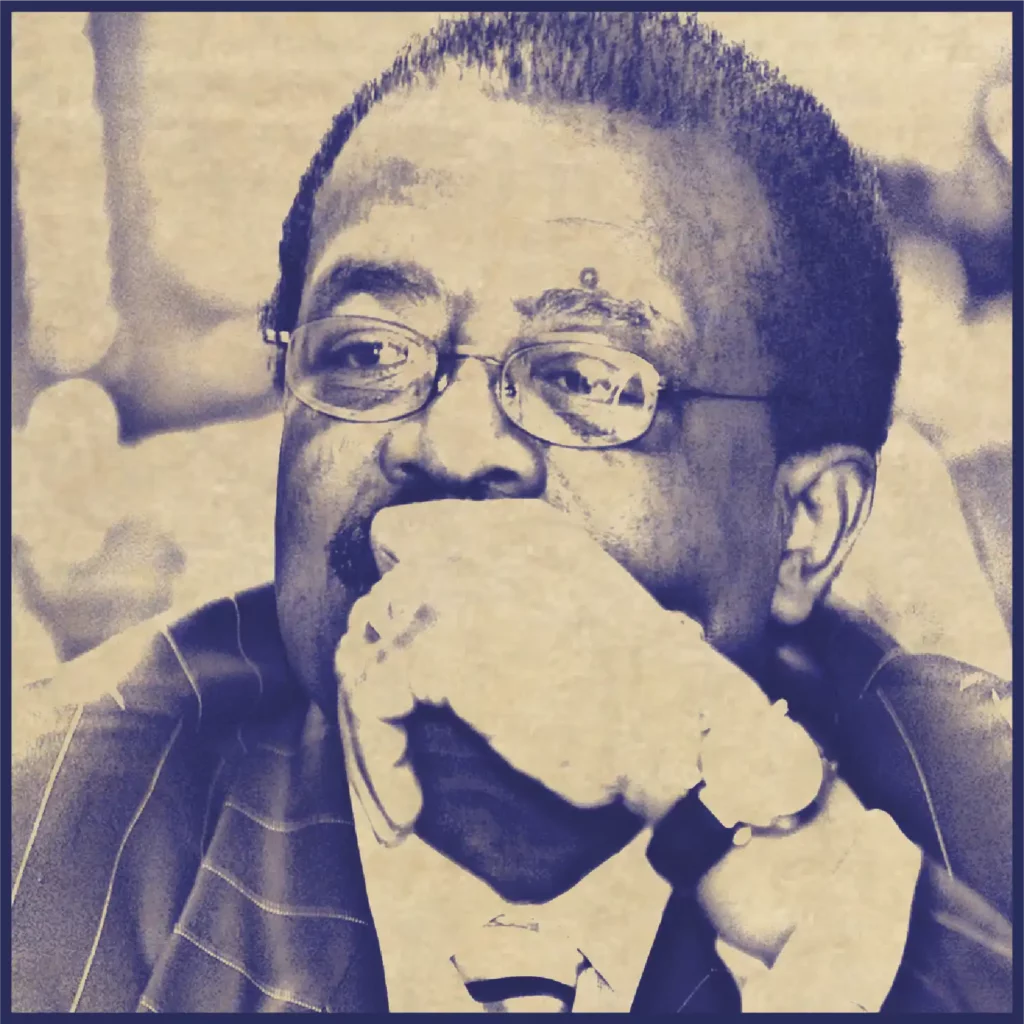Medical malpractice cases can oftentimes be rather complex, especially when there is more than one doctor involved. It becomes difficult to figure out which doctor is responsible for the patient’s death. A recent case in Georgia demonstrates the complexities of a medical malpractice case when multiple doctors are involved.
Ann Scoggins was 72 years old when she passed away in January of 2014. Scoggins had suffered from a heart attack after intense vomiting due to complications during her stay at Athens Regional Hospital in Georgia. She was receiving treatment by Dr. Daniel Moldoveanu for suspected partial bowel obstruction. The obstruction was a side effect of opioid painkillers prescribed after her recent knee replacement surgery.
The day before her admission into Athens Regional, Scoggins was in the ER of St. Mary’s Medical Center for pain and nausea, in the care of Dr. Elizabeth Smith. Smith ordered x-rays of Scoggins lying flat on her back. While the x-rays did not show any signs of bowel obstruction, the attorney representing Scoggins’ husband indicates an almost 50% chance of an x-ray demonstrating a false negative. He claims that if Scoggins was standing upright, the chance of getting an accurate reading significantly increases. He also claims that Smith did not do her job properly, following the process of differential diagnosis to rule out obstruction. An expert witness says Smith should have ordered more scans as a proper diagnosis cannot be determined from a single image. Smith’s attorneys maintain that the chances of bowel obstruction are low considering the circumstances.
Scoggins’ lawyer told jurors the detrimental effects were further impacted by negligent treatment received by Moldoveanu. Moldoveanu performed tests, which indicated abnormal results, but he did not respond appropriately. According to Scoggins’ lawyer, Moldoveanu erroneously prescribed Scoggins an oral laxative. Instead of prescribing oral medication, he should have ordered a nasogastric tube to decompress Scoggins’ stomach in preparation for surgery. Moldoveanu did not take those steps.
This medical malpractice case is tricky. There are two doctors accused of medical malpractice as their mutual patient died. The question on everyone’s mind becomes, “who is responsible?” These cases are complex since there is more than one doctor involved, and each doctor had more than two paths they could take when treating Scoggins. Determining which doctor is ultimately liable for the patient’s death requires scrutiny.
Smith was cleared of charges. Her attorney claimed that when Smith saw no obstruction, her treatment that did not require additional imaging did not breach medical standards of care. Since evidence did not point to an obstruction, Smith had no reason to ask for more x-rays.
Moldoveanu’s attorney told the jury that he properly diagnosed Scoggins and took the appropriate course of action. The subsequent vomiting and heart attack were tragic and unexpected complications unrelated to Moldoveanu’s actions.
Moldoveanu was eventually found liable for Scoggins death because he did not take an appropriate course of action. John Scoggins was awarded $5.5 million for the value of his wife’s life, and her estate was awarded $500,000 to pay for expenses, pain and suffering.
If you or a loved one are injured by a medical professional’s negligence, please contact The Cochran Firm today. No matter how complex the case, our medical malpractice attorneys will help you and fight for you to receive the compensation you deserve.
Contact us today for a Free Consultation





